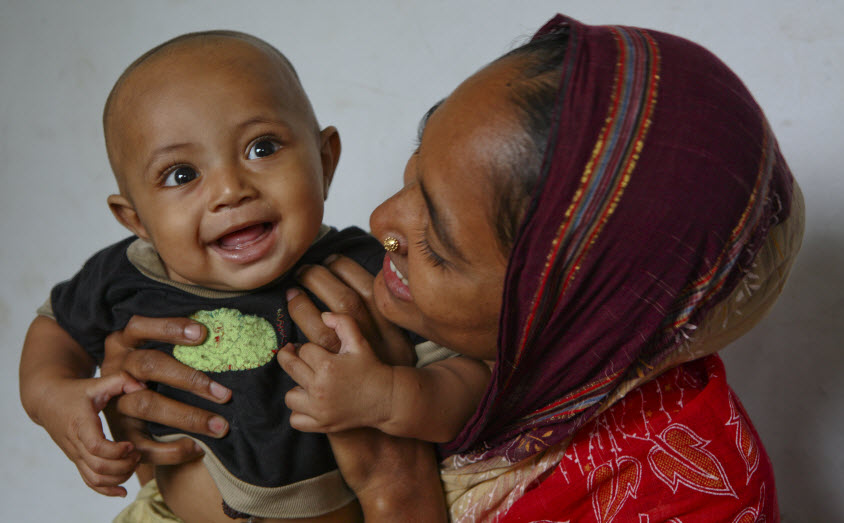Informing child survival programs with new analysis

Understanding if and where sick children are taken for care is critical to enhance interventions for treating childhood illnesses and improving child survival.
Both the public and private sectors are important sources of care for sick children and their roles vary across country contexts and socioeconomic statuses. This is one of several findings from a SHOPS Plus analysis of Demographic and Health Survey data.
“This DHS analysis highlights the important roles of the public and private sectors in treating childhood illnesses,” said Malia Boggs, USAID senior technical advisor for child health. “It is particularly relevant for USAID missions and governments that are refining programs to accelerate reductions in child mortality.”
Researchers looked at DHS data from 24 USAID maternal and child survival priority countries to see where treatment or advice is sought for sick children who experienced fever, acute respiratory infection, or diarrhea—leading causes of death in children under five.
Other findings from the study are:
- Treatable childhood illnesses are common in USAID priority countries. One in three children experienced a treatable illness in the past two weeks.
- Care-seeking rates outside the home are similar for fever, acute respiratory infection, and diarrhea. Two in three caregivers seek care outside the home for their sick children.
- The private sector serves the poor as well as the wealthy. Two in five caregivers from the poorest households and three in five caregivers from the wealthiest households rely on this sector for sick child care.
- 96% of public sector care seekers seek care from a clinical facility, not from a community health worker.
![]()
Read the findings from the SHOPS Plus analysis in a brief.
In the coming months, the project will publish 24 country-specific briefs and launch a web tool with interactive data visualizations. The tool will allow users to explore the data and examine findings based on a variety of important factors.